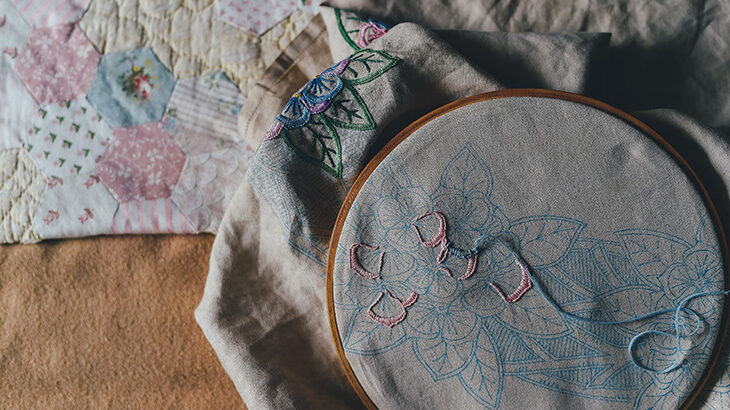In simple terms, the use of a needle and thread to create a design on fabric is known as embroidery. You can design a lot of garments, home décor items and other accessories using various embroidery techniques. Firstly, Embroidery designs look great on caps, hats, coats, blankets, apart from garments and you can customise them as per your desire. Hence, there are many different kinds of stitching techniques used for the creation of garments, décor items and other accessories.
There was a time when only a few hand embroidery designs were used like chain stitch, buttonhole, satin stitch, running stitch and cross stitch. These were the days during 300-700 AD when embroidery techniques were starting to spread around the world. Hence, even in India, there are many embroidery designs which originated like Zardosi, Phulkari, Chikankari, Kantha, Kashidakari and many others.
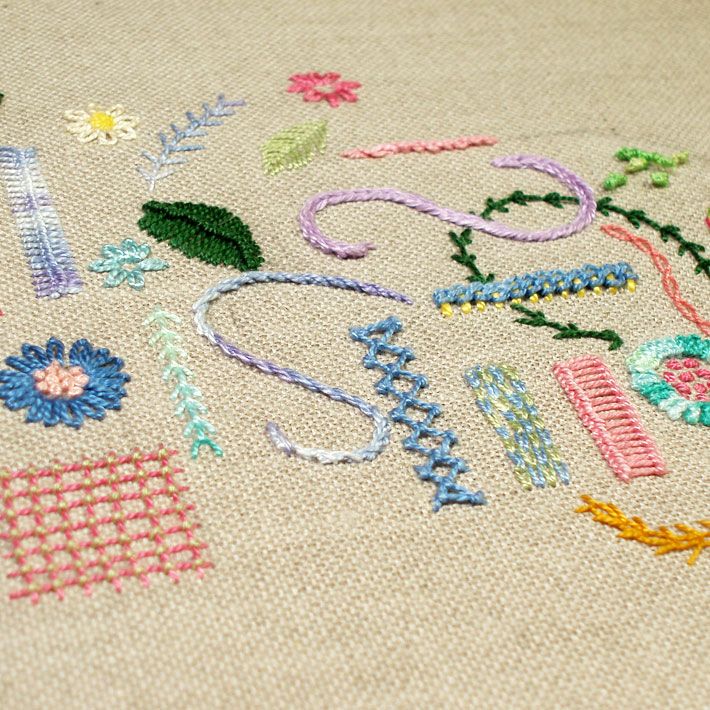
Image Source- Pinterest
All of these are hand embroidery designs and many of them are trending today too. For example, Awadhi work is a type of embroidery technique which is used a lot in the creation of wedding outfits. The foundation of Indian stitching methods are the heritage and culture which is still followed in our country.
Embroidery Designs & Their Types
There are many embroidery designs which you can create from the comfort of your home. Many of these techniques can be done by hand and all of them can be designed using machines. The most-loved embroidery designs in India are:
Indian Stitching Embroidery
The most-used Indian stitching techniques include Kasuti, Kantha, Chikankari and Phulkari. These types of embroidery use our culture and diversity of our country to create patterns and design fabrics. The patterns drawn on fabrics using Indian embroidery include dance, music, paintings, gods and other relevant designs which depict a part of our country.
Using these embroidery designs, you can create patterns on many kinds of apparels, book covers, cushion covers, tab covers, keychain holders and curtains. This is a trending stitching technique, especially during the wedding season as women love heavy work on their wedding outfits.
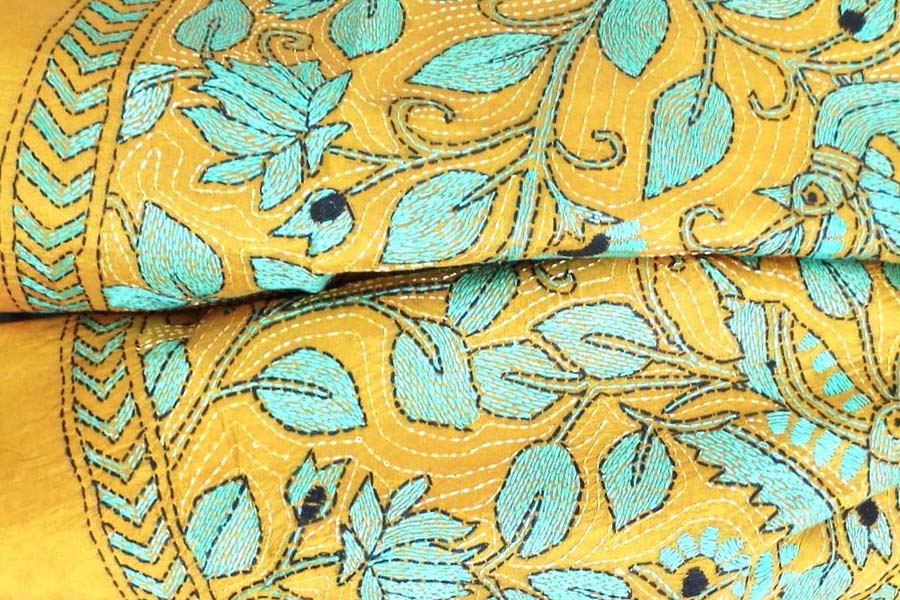
Image Source- Craftsvilla
Patchwork Stitching Embroidery
This stitching process involves sewing of different fabric pieces together to form a larger piece. The patterns designed using these pieces can be repeated according to the size of the final output. Mostly, the shapes used in patchwork stitching are geometrical like triangle, circle, rectangle and others.
Patchwork stitching can be used in the creation of garments like skirts, jackets, waistcoats and others. You can also create other fashionable items like bags, wall-hangings, cushion covers, etc. The most loved apparel using patchwork stitching is a baby blanket as it uses small pieces of colourful fabric. When these pieces are joined together, it’s like a treat to the eyes along with its function against cold.
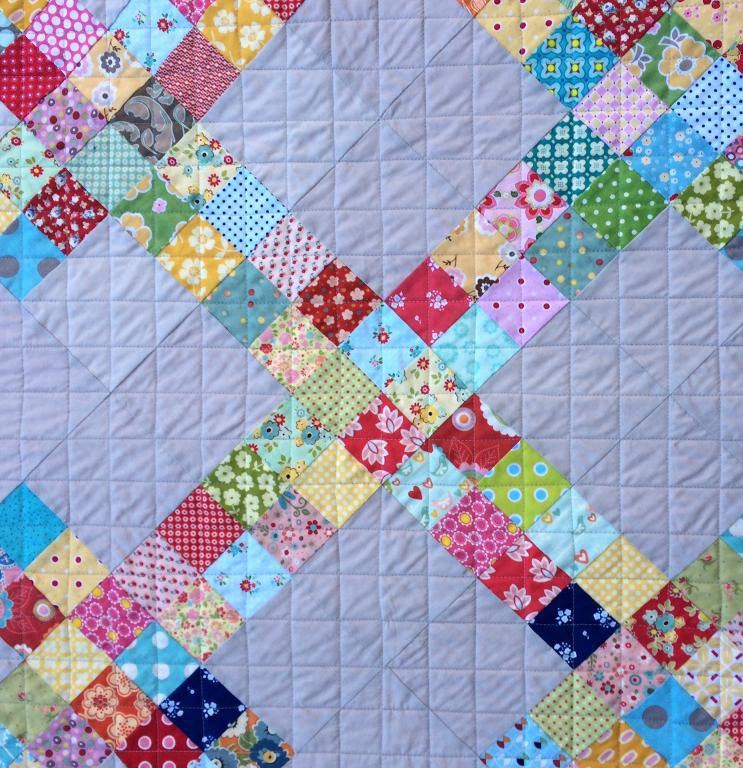
Image Source- Craftsy
Western Stitching Embroidery
The designing in western stitching uses many different kinds of threads like cotton, jute, linen, viscose, silk, wool, nylon and polyester. Western stitching is used in the creation of many outfits which people wear in the West. Another important part of Western stitching is the use of yarn technology.
Yarn technology is a process in which a thin cord of twisted fiber is used to sew and weave. Any of the fibers can be used for this process among cotton, wool or silk. The major types of western stitching used in India are Lazy Daisy, French knot and Bullion knot.
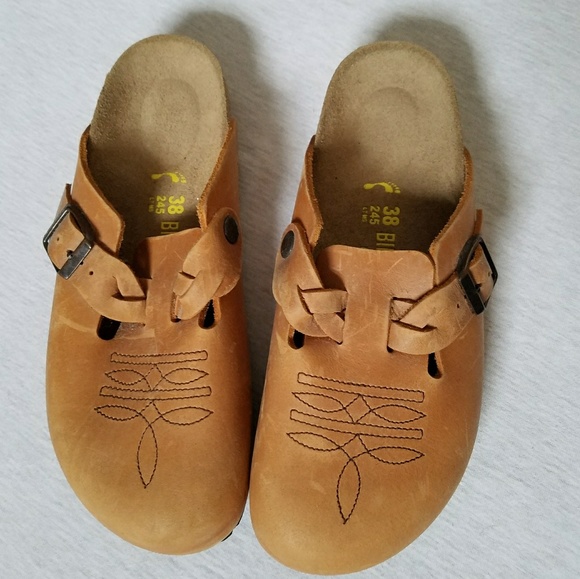
Image Source- Poshmark
Ribbon Stitching
Ribbon stitching is a type of embroidery technique which uses ribbons instead of threads. The size of the ribbon depends on the embroiderer and the thickness of the fabric you are using. The types of stitches in which you can use ribbon stitching are couching stitch, feather stitch, whipped stem stitch, looped stitch and straight stitch.
Ribbon stitching method is mostly used to create different floral patterns on fabrics. You can create ribbon patterns on garments like kurti, saree, baby frocks, shrug and many more. It can also be used to decorate your home by creating ribbon patterns on cushion covers, gift pouch, frames and other items.
Another part of ribbon embroidery is smocking. It is a technique which was used before the invention of elastic. The process involves collection of fabric so it can again be stretched as par the need of the user. The common use of smocking was wherever buttons were not desired.
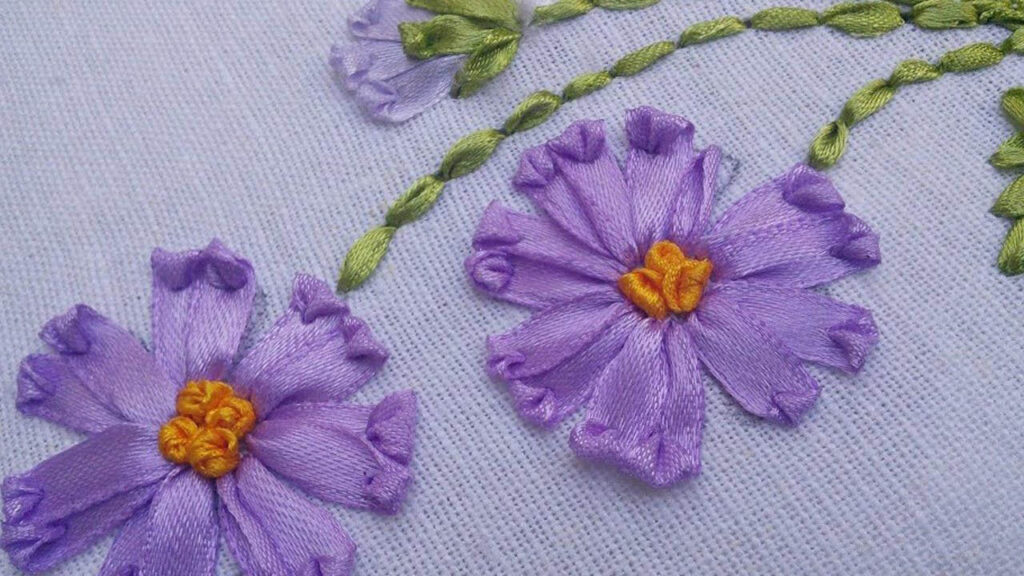
Image Source- Pinterest
Also Read : All-Time Trending Stitching Techniques You Can Learn with Our Online Embroidery Courses
Crochet Stitching
It is a type of stitching technique which is loved by every Indian woman and is also their favourite pastime. There are many types of crochet stitches which even a beginner can do like crochet slip stitch, single crochet stitch, half-double crochet stitch, double crochet stitch and treble crochet stitch. Other advanced techniques in crochet stitching are V-double crochet stitch, braided stitch, blanket stitch, spike stitch, cable stitch, moss stitch, diamond stitch among others.
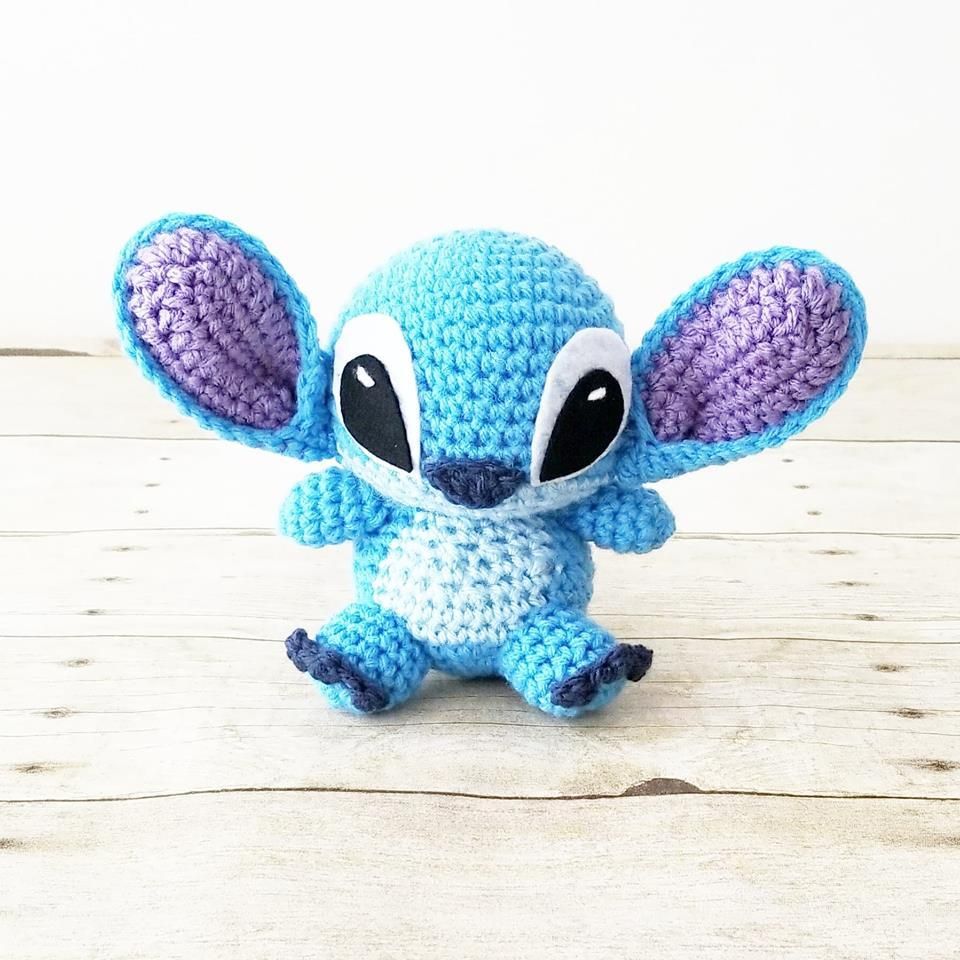
Image Source- Pinterest
Hand Quilting
The most important aspect of hand quilting is the quality and experience of the quilter. The output of hand quilting is usually dashed lines with a soft look. You can create a lot of items using hand quilting techniques such as slip-ons, book cover, laptop sleeve, chair seat, tote bag, candle mat, puff quilt, baby blanket, pillow cover and multi-purpose pouch among other things.
The tools involved in hand quilting apart from usual items like hoop or frame, needle and thread are thimble. This tool covers the finger and is used to relieve the pressure which is necessary to push a needle through layers of fabric.
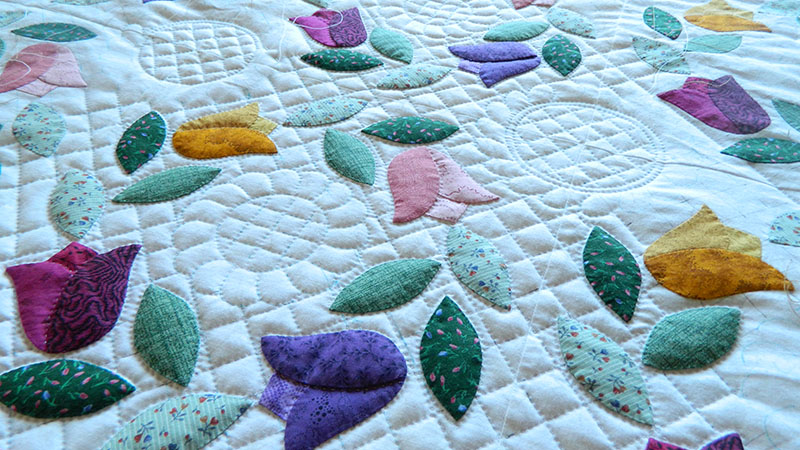
Image Source- Simple Bird Applique
Now, you can also create many kinds of stitches with our embroidery course from home. You will be mentored by Neeta Lulla, 4-time national award-winning fashion designer. You will also be certified by Govt. of India and Hunar Online. So, what are you waiting for? Join our online embroidery classes and start learning today!

